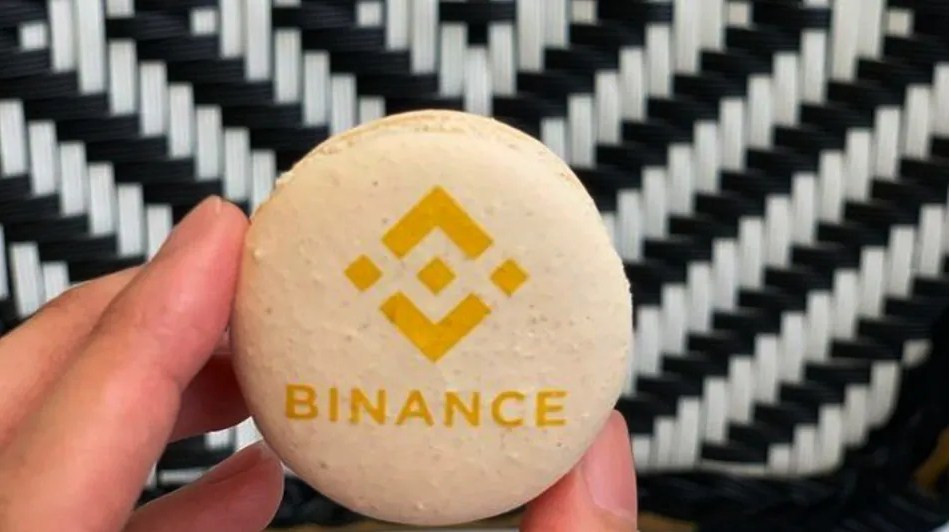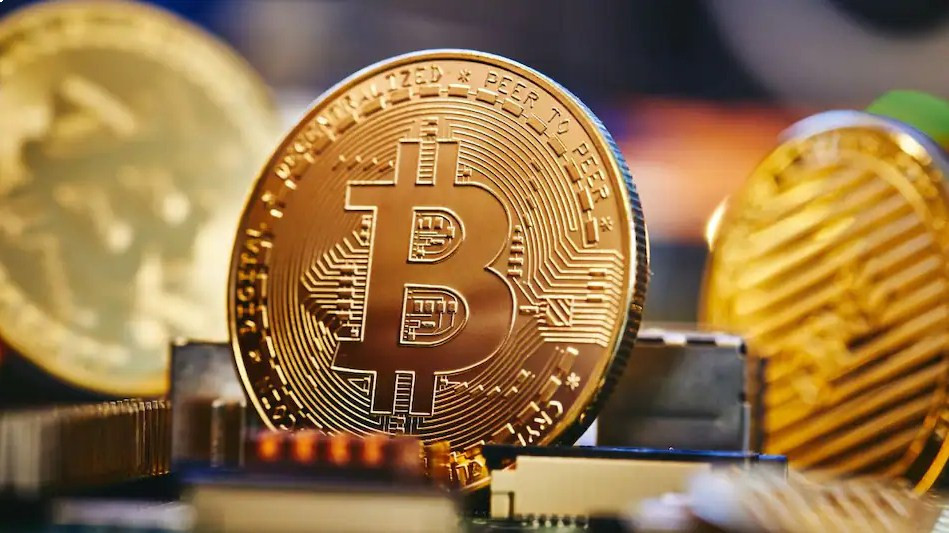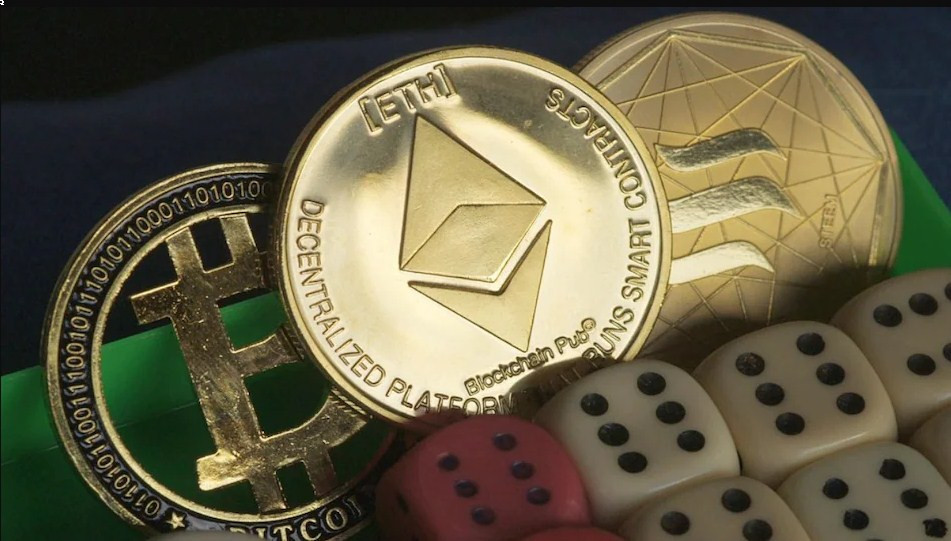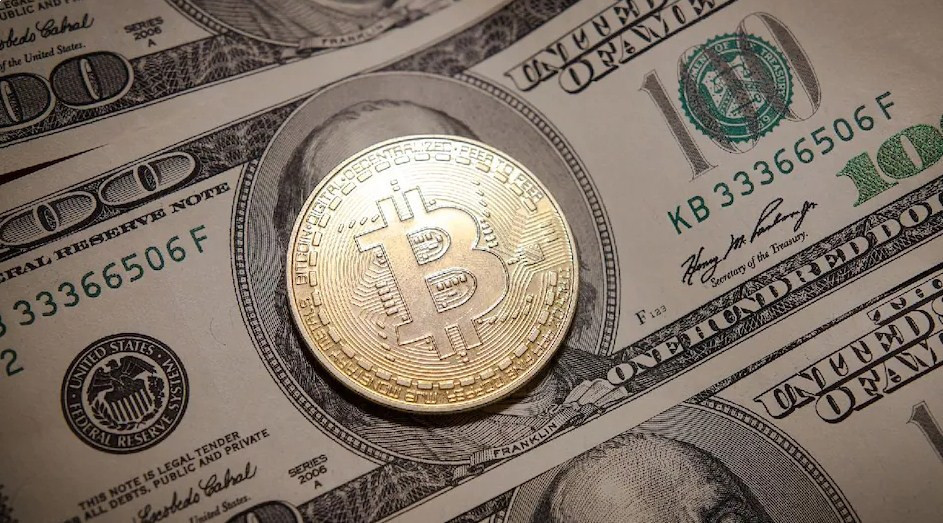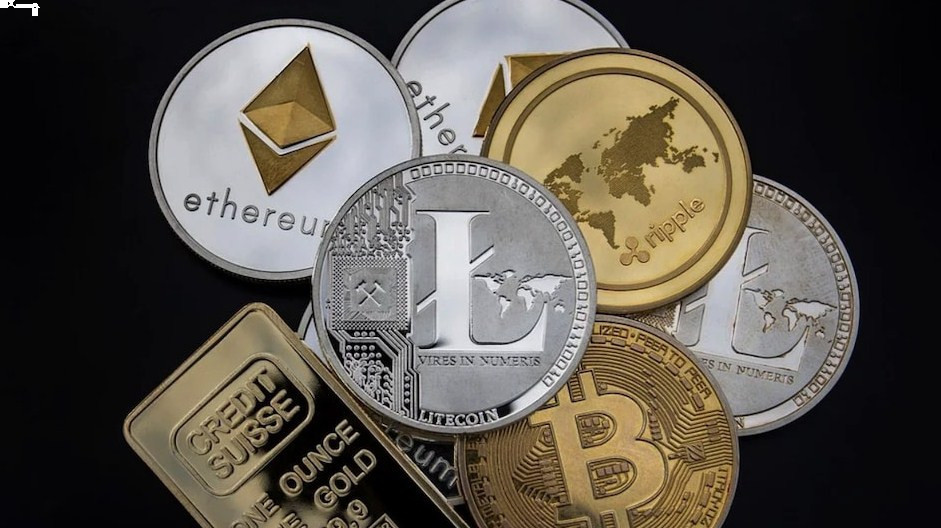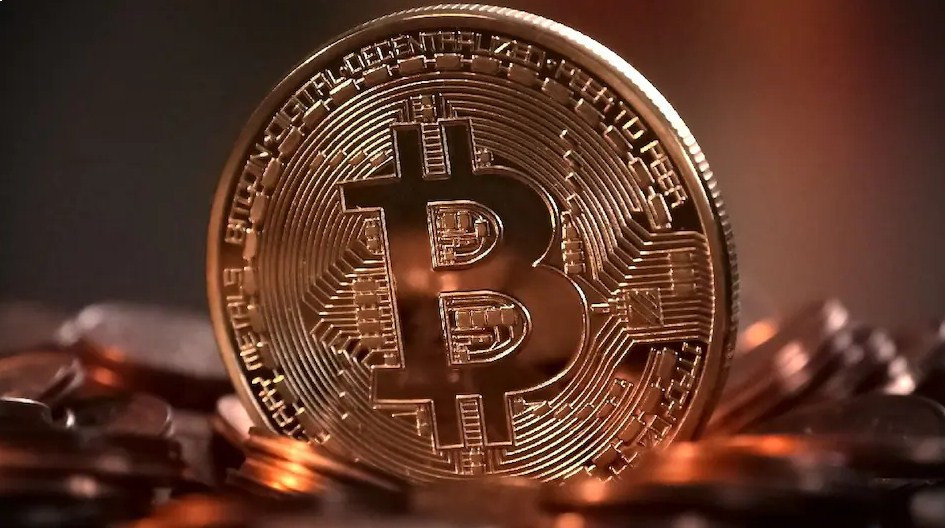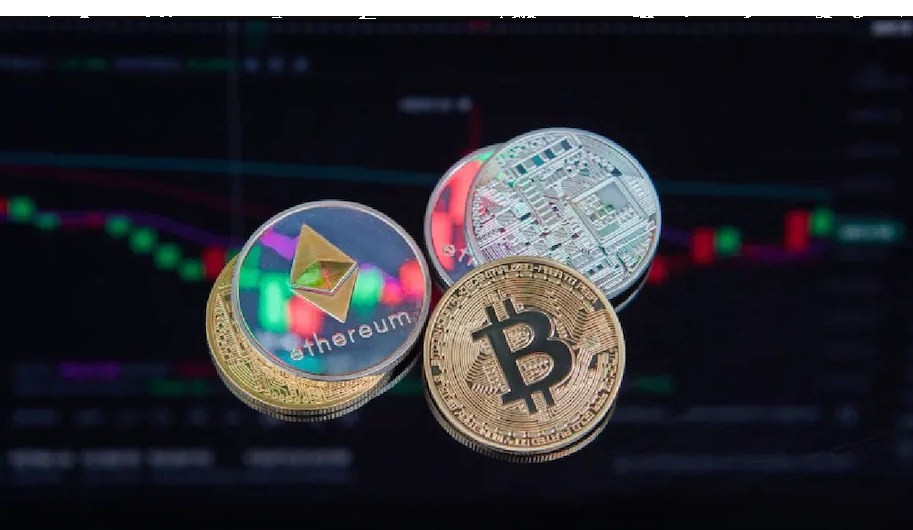The crypto exchange stirred some controversy after it was identified to have moved BTC 127,000 in one transaction to an ‘anonymous’ wallet.
- FTX Collapse Has Put Spotlight on Vulnerabilities in Crypto Ecosystem: Economic Survey 2022-23
- Bitcoin Sees Profit Spike as Ether, Other Altcoins Record Losses: All Details
- BTC, ETH Open with Price Dips, Polkadot and Monero Emerge Among Gainers
Binance is currently getting its proof-of-reserves audited in the aftermath of the collapse of FTX crypto exchange, that suffered a liquidity crunch and crashed this month. The crypto exchange stirred some controversy after it was identified to have moved BTC 127,000 in one transaction to an ‘anonymous' wallet. With BTC trading at around $16,250 (roughly Rs. 13 lakh), Binance moved BTC worth over $2 billion (roughly Rs. 16,324 crore), raising tensions among members of the crypto community.
Whale Alert, a blockchain tracker sounded an alert about Binance's mammoth BTC transaction for its over two million followers on Twitter.
Soon after, hysterical tweets inquiring about Binance's operational status began flooding on social media.
Changpeng Zhao, the CEO of Binance laid all suspicions to rest after he revealed that the company is getting its proof-of-reserves audited.
Proof of reserves are documents and evidence that show that a crypto exchange has sufficient assets to handle all withdrawals in cases of emergencies.
The anonymous wallet where the BTC was dropped by Binance also belongs to the exchange.
Post the unfolding of the crypto-wrecking FTX debacle, a sense of fear overtook the spirit of crypto investors. In recent weeks, over $200 billion (roughly Rs. 16,33,290 crore) have been swept out of the crypto market, leading to the shutdown of several companies and operations.
Under the circumstances, many other exchanges are also trying to regain investor trust by providing proof-of-reserve audits.
Giottus became one of the first Indian exchanges to have agreed to provide proofs of reserves.
India's CoinDCX crypto exchange also recently published its list of on-chain and off-chain balances as part of its proof-of-reserve reports.
